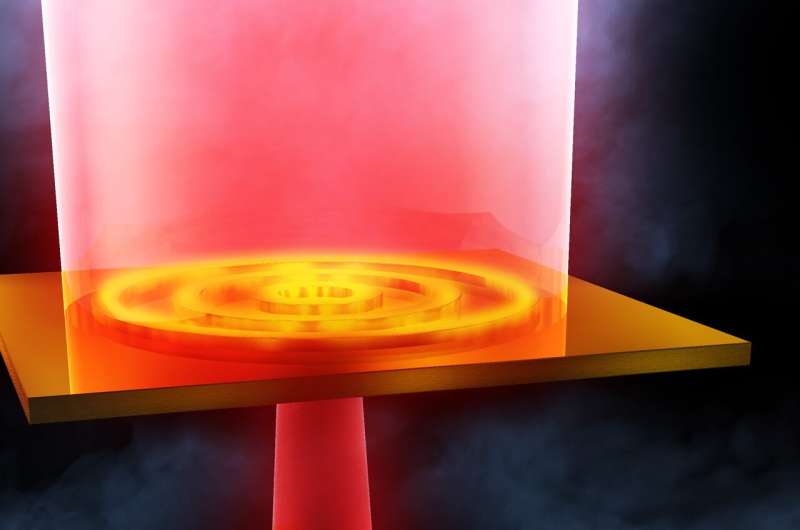Phys.org November 16, 2021
Converting photon-based information to electron-based information are highly inefficient. To increase the efficiency of converting single photons into single electrons in gallium arsenide quantum dots an international team of researchers (Japan, Germany) designed a nanoantenna, consisting of ultra-small concentric rings of gold, to focus light onto a single quantum dot. It resulted in a voltage readout from their device enhancing photon absorption by a factor of up to 9. After illuminating a single quantum dot, most of the photogenerated electrons weren’t trapped there, instead accumulated in impurities or other locations in the device. Nevertheless, these excess electrons gave a minimal voltage readout that was readily distinguished from that generated by the quantum dot electrons, and thus didn’t disrupt the device’s intended readout. Theoretical simulations indicated that they could improve the photon absorption by up to a factor of 25…read more. TECHNICAL ARTICLE

Conceptual illustration of efficient illumination of photons to semiconductor lateral quantum dots, by using a surface plasmon antenna and excitation of electrons in the quantum dots. Credit: Oiwa lab